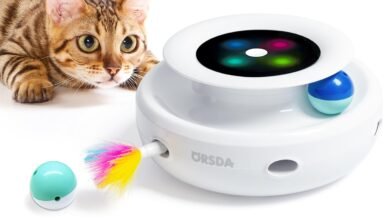
Why is there white foam in my cats pee ? In the world of cats, urinary issues are more often than not encountered. Some of the smaller issues that might arise with a cat’s urine are simple to recognize and treat, such as urinary tract infections (UTIs) and pee crystals. Your cat may, on the other hand, exhibit signs of a more serious urine condition from time to time. Urine that is foamy or frothy might be an indication that your cat is suffering from a potentially serious health problem. If you notice that your cat’s pee is foamy, you should take quick action since this might be an indication of a number of serious conditions, including dehydration, an infection of the urinary system, renal failure, kidney illness, FIV (feline immunodeficiency virus), or liver issues.
Veterinary care for your cat
It is essential to have consistent, routine veterinarian treatment that includes yearly blood testing and urinalysis in order to detect common health problems as early as possible. Taking your older cat to the veterinarian on a regular basis is very important for their health. In addition, maintaining your pet’s yearly health checks helps set baseline levels for your pet, which may be used as a comparison in the event that your cat ever exhibits indications of sickness.
If you notice that your cat is exhibiting symptoms of illness, you should make an appointment with a veterinarian as soon as possible. The condition of your cat could be the result of a wide variety of issues, all of which would be impossible to diagnose without the assistance of an experienced professional. Call your veterinarian to move up the appointment time if the condition of your cat gets worse before the scheduled appointment. It won’t be a problem for the veterinarian, and you might end up saving your cat’s life.
Litter box maintenance for foamy cat urine
Keep an eye out for any urine signs exhibited by your cat. Even if it’s disgusting, have a peek at the urine. Make a mental note of the color, smell, and amount of foaminess of the urine, as well as how frequently these symptoms are present, whether or not it always smells the same or is the same color, and whether or not your cat is in discomfort while he or she is peeing.
It’s possible that you’ll need to clean the litter box on a daily basis in order to get an accurate picture of how frequently your cat urinates as well as how much waste they produce. A regular inspection of the litter box should be your first step in determining whether or not your cat is suffering from an ailment connected to the urinary tract.
Cat pee and overall cat health
Investigate the other symptoms exhibited by your cat. Make a mental note of their feeding patterns, including the kind of cat food they gravitate toward as well as whether or not they are actively consuming food. Also take note of any changes in their general behavior, such as whether they are sleeping more or whether they are vocalizing more than usual. These symptoms may be an indication of stress or discomfort, as well as a warning sign for underlying health issues, such as chronic renal disease.
Keep a look out for discoloration as well, particularly any yellowing that appears in the tongue or the whites of the eyes. It may be difficult to notice a decrease in weight in an elderly cat or a cat with long fur; thus, you should touch your cat on a regular basis in order to keep track of any changes in weight. Even while cats may not express the overt indications of pain that other animals may, it is still important to keep an eye out for anything that seems out of the norm so that a problem may be diagnosed sooner rather than later.



